
Interrupted sleep can be a common annoyance when living with diabetes — whether you experience it yourself, or you’re a spouse or caregiver of someone who does. Find out more about how you can improve your sleep and manage these disruptions.
Sleeplessness is an epidemic of sorts, as the CDC suggests that more than 1 in 3 adults regularly do not get enough sleep. Constant diabetes-related sleep disruptions can accumulate over time, potentially leading to negative consequences. While many with diabetes may have interrupted sleep, there are steps you can take to help you get a full night’s rest.
Sleep quality vs. quantity
When sleep is regularly interrupted, you miss out on the restorative processes that take place overnight. It’s not just the quantity of sleep (how many hours) that matters — the quality (how well) matters also. Having a goal of 8 hours of sleep per night is great, but even if you get enough hours, your sleep quality may be low.
I can personally attest to years spent as a “diabetes zombie” after my 5-year-old, Emma, was diagnosed with T1D. It was 2007, and she was not yet using a continuous glucose monitor (CGM). But while we weren’t awakened by the bells and whistles of diabetes technology, we had alarms set for blood glucose testing and a baby monitor so she could signal when she was low and we’d come running. It was a tough time, and my sleep hasn’t been the same since.
When assessing sleep, research suggests that quality is a more important measure than quantity. But how do you know if you’re getting enough sleep in the first place?
According to an expert panel convened by the National Sleep Foundation, adults need between 7 and 9 hours of sleep every night, while teenagers need about 8 to 10.
Chronic interruptions to sleep can be especially problematic. These patterns can interfere with everyday life, resulting in daytime drowsiness and other health issues related to mood, brain function, and the heart. Simply put, a lack of sleep can affect how you think and feel.
Sleep and diabetes distress
Researchers have been using the term diabetes distress since the mid-1990s. Diabetes distress refers to the emotional implications of living with or supporting a loved one who has diabetes. Because diabetes is a 24/7 condition, it sometimes can’t help but interfere with one’s sleeping hours, potentially causing even more stress and anxiety.
Karen Oller, of Phoenix, Arizona — who was diagnosed with type 1 diabetes 23 years ago — is very familiar with interrupted sleep and the stressful, groggy mornings that follow. “I’d say that my sleep is moderately impacted by diabetes,” Oller said. “I’m only sleeping 2 or 3 nights a week without diabetes interruptions.”
Oller was diagnosed 5 years after marrying her husband Matt — who was diagnosed with T1D at age 14. Because Karen and Matt both have T1D, their son Carson was enrolled in a UCLA T1D Trigger Study at birth, tracking his autoantibodies across time. He also developed T1D just before his 14th birthday.
Sleep and mental health are closely tied together. Research suggests that many, if not all, mental health conditions are associated with disrupted quantity and quality of sleep. Over time, repeated disruptions can lead to changes in the brain’s level of serotonin, a chemical sometimes known as the “happy hormone”, given how it regulates mood, appetite, and sleep.
What are common causes of sleep disturbances with diabetes?
When nighttime blood glucose is out of range, you’re more likely to have a disrupted night’s sleep. If you use diabetes devices, it can be hard to catch a break some nights with the constant alerts.
“My sleep is mostly interrupted by caregiving,” said Oller. “Technology’s great — it’s helping me to sleep better, but it’s not perfect. Take last night for example, Carson (her son) changed his sensor, was eating Cheez-Its — and as a 16 year old, he stays up late. He went to bed after giving insulin for the carbs he ate and at 1:30 a.m., I got a Dexcom alert on my phone. His blood sugar was 49 — and he doesn’t wake up when his blood sugar is low — even when his pump is alarming. Our pediatrician says he should outgrow that, but he hasn’t yet.”
Researchers are increasingly interested in studying secondary disruptions to sleep, or sleep disruptions that result from a separate medical condition (such as diabetes). While more research is needed in this area, common causes of diabetes-related sleep disruptions include:
- Alarms set to check blood glucose levels
- Correcting highs and lows
- CGM alerts (highs, lows, out-of-range alerts)
- Insulin pump alarming (low insulin levels, occlusions, charging/battery needs)
- Anxiety or worry about diabetes or your loved one’s diabetes
- Extra trips to the bathroom
- Increased thirst
There are a few common sleep disorders that can contribute to sleep issues with diabetes, including sleep apnea and restless leg syndrome. If you think you have one of these conditions, be sure to let your healthcare provider know; both are treatable and can improve the quality of your sleep.
Can interrupted sleep affect diabetes management?
Getting a good night of sleep can potentially have an impact on blood glucose. And in general, interrupted sleep patterns have a wide array of potential health effects. Diabetes interruptions are similar in nature to sharing your bed space with someone who snores. All of the disruptions add up, but with diabetes, these disruptions often require action, like a “midnight picnic.” It’s not just a matter of rolling over and poking someone awake to stop snoring.
My girls are 18 months apart; Emma has T1D, and Hannah, my oldest, had night terrors. With that layered upon my own T1D, I’m certain my cortisol (the “stress” hormone) levels were through the roof for several years. I never discussed this with my providers at the time, but I sure wish I did. While my T1D was well managed, having more insight into the physiology behind these stress-related swings in glucose would have been helpful.
Why does this matter? Because interrupted sleep is stressful and can increase cortisol levels. It’s the body’s half-hearted attempt to increase alertness, but high cortisol levels can actually increase the need for more insulin. Again, this is why healthy sleep habits are important.
How do I improve my quality of sleep?
While sleep experts warn about the potential harm of electronic devices on sleep for people with and without diabetes, as those with diabetes know, their devices don’t just “turn off.” Individuals who use diabetes devices have alarms and alerts that can go off at all times of the day and night. That being said, there are some things you can do to increase the odds for a better pattern of night time rest.
- Set a specific time or use an alarm for when it’s time to go to bed
- Identify other health factors that may be affecting sleep
- Personalize CGM targets and alarms and upload your data to an app to see patterns during sleep
- Identify behaviors associated with these patterns
- Reach out to your care team between appointments and make small adjustments regularly
- If fear of hypoglycemia or diabetes distress may be keeping you awake, communicate this with your healthcare team
- Turn your personal alarms off and have another loved one or caregiver monitor them instead – take some time off, if possible.
- Take the night off. Switch duties with another adult. (Caregivers and parents)
Diabetes management is best done in routines. If you do similar things at similar times, you’re more likely to have the same results. This may equate to: exercising, eating dinner, going to bed, or having a similar snack at regular times. Predictability is a good thing. While it may sound boring and it doesn’t have to be all of the time, it simply makes life easier.
Should I see a healthcare provider about my interrupted sleep?
If you’ve made suggested changes, but are still having regular interruptions in your sleep, talk to your diabetes care team. They can help you get to the bottom of why diabetes is keeping you awake. Although CGM and automated insulin delivery (AID) devices are super helpful in addressing overnight lows (and the worry that goes along with it), the alarms can be relentless.
Research suggests that interrupted sleep can cause short- and long-term health consequences and may increase the risk of:
- Memory issues
- Stress and irritability factors
- Mood disorders
- Increased weight
- Inflammation
“I haven’t seen a healthcare provider about interrupted sleep, but what helps me is having a regimented sleep schedule,” said Oller. “I go to bed early and get up early. I’m often tired in the morning, but I cowboy up and power through — there’s no time for naps either. Having a good attitude has been tremendously helpful with the lack of sleep my husband and I deal with.”
It’s easy to think you’re “just fine” and getting enough sleep. But a sleep app, digital tracker, or printable tracker may tell you otherwise. If you find yourself in a pattern of frequent awakenings from diabetes, take action and discuss strategies with your healthcare provider to improve your sleep.
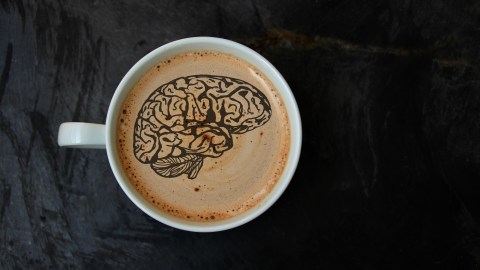
















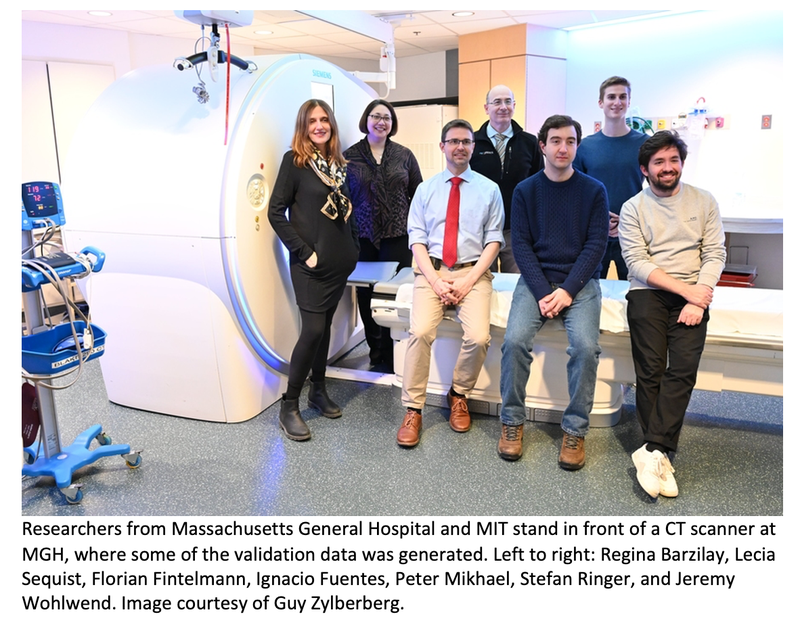
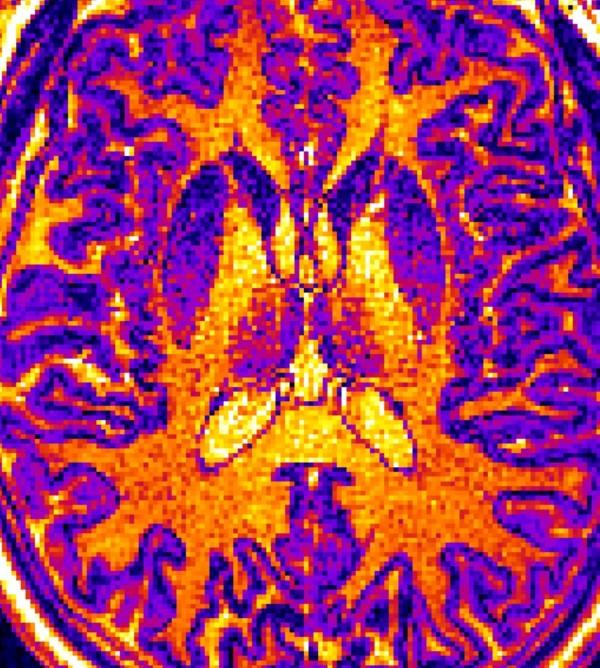
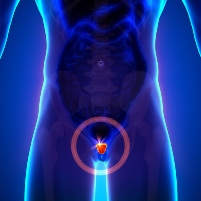
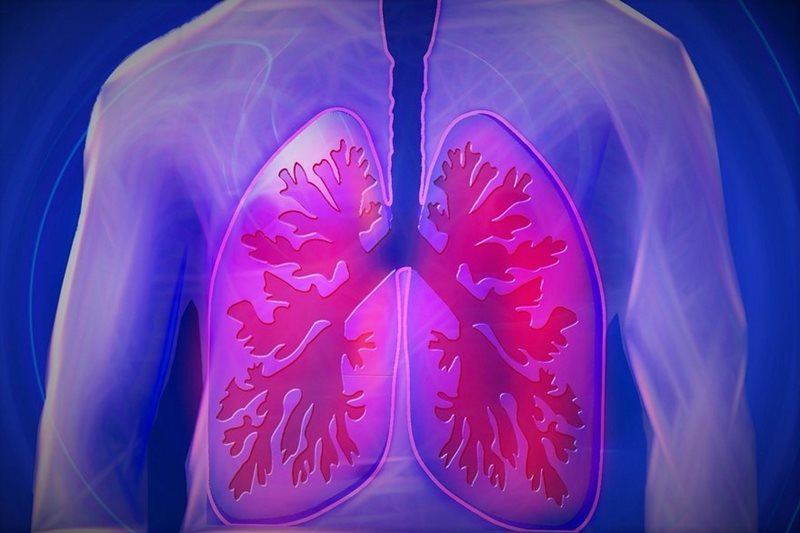

:max_bytes(150000):strip_icc():focal(644x399:646x401):format(webp)/Ozempic-injection-101822-f89ffa28671841cdb26ddb53f2b48803.jpg)